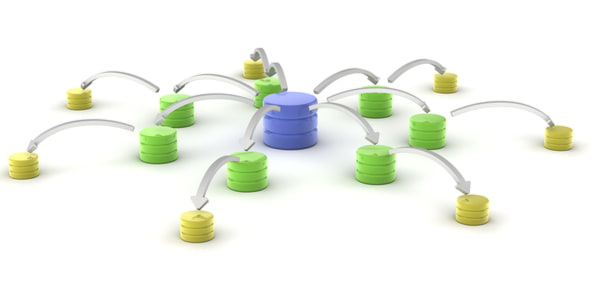Within a network, primary paths may become unavailable due to unforeseen outages or other reasons such as malware attacks, poor cabling, imperfect design, malfunctioning equipment or junk software.
These issues can occur at any one point within the network, and even a single point failure can have catastrophic outcomes.
If and when this occurs, a network redundancy system creates an alternative path that can be activated to reduce any downtime and keep the network functioning at an acceptable level.
 1300 130 423
1300 130 423

